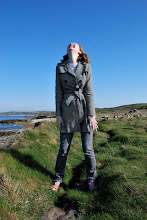Bedtime stories


Art historians, curators and conservators please look away now.
I am about to misuse your terminology and misrepresent years of your painstaking work, as I describe some of the features of the Hinton House bed 1700 - 1710.
In the drawing above, on the left hand side is a sketch of the interior of the tester, which is an original feature of the bed. The posts that hold up the tester were added later - I know this because Ian the furniture conservator told me about it on Monday- a practical history lesson that he delivered from the top of ladders, with tape measure in hand.
The restoration of the Hinton House Bed is a big project, due to start in September - it will return the bed to its former design: the posts will be removed, and the tester will be suspended from either the ceiling or bolted to the wall behind. The suspended method is called a 'flying tester' or an 'angel' bed, both of which are such visually evocative terms that I want to crawl beneath the cloth and inside the woodwork to be part of the adventure.
The valances are red silk damask and velvet, and there is enough existing cloth to re-cover the headboard and internal valances. The outer curtains will be specially woven. Ian noted the narrative at play - as you draw back the outer curtains, you are taken deeper into the history of the piece.
The team will be working on much of the restoration in situ, so the room will become a working conservation studio, but it will be open to the public on occasion, so that work in progress can be followed.
Top photo: courtesy of Temple Newsam House.






